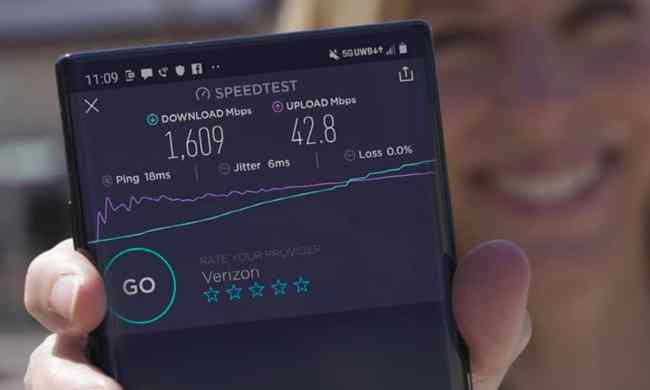Google released its Pixel 6 and Pixel 6 Pro phones at its Fall Pixel Launch Event. The new Pixel 6 comes with a Tensor chip for enhanced AI/ML and computational photography capabilities, significantly better cameras that let in more light and allow for better photos in low lighting, better battery performance, and new features and upgrades all around.
The Pixel 6 has 5G, which provides faster speeds than 4G. But depending on the model you get, your new Pixel 6 may or may not have the most optimal 5G speeds available. Why? Because some Pixel 6 models have a network technology called mmWave and others don’t. They use a different
What is 5G and why does it matter for the Pixel 6?

5G is the fifth generation of mobile networking. It started with the first generation (1G) which provided analog voice, and then there was 2G, which allowed for digital voice. After that, mobile data entered into the picture, and we saw 3G, then 4G, and now 5G. Each network is faster than the previous one, so it’s a good thing the Pixel 6 and Pixel 6 Pro support it because that means they’re up to modern flagship smartphone standards. So, yes, it does matter the Pixel 6 and Pixel 6 Pro support
What Pixel 6 models support mmWave?
The Pixel 6 Model G9S9B is mmWave-capable, but this model is only available if you purchase your Pixel 6 from the Google Store, Verizon, or AT&T. It’s also worth noting, that we don’t 100% know for sure what the AT&T and T-Mobile models support so some of this information may change. The Model GB7N6 only has Sub-6 5G meaning the “lesser” version of
So, the unlocked Google Pixel 6 does NOT support mmWave 5G. It's sub-6GHz only. The Verizon model (not sure about AT&T and T-Mo yet) does include mmWave in the Pixel 6, which is why it costs $100 more than the unlocked model. #GooglePixel6Pro #GooglePixel
— Z (@ericmzeman) October 19, 2021
Is mmWave 5G better than Sub-6 5G?
Sub-6 is the most common type of 5G network. It’s called “Sub-6” because it takes advantage of radio frequency bands under 6Ghz. Sub-6 is better than 4G, but not substantially better. The signal can travel a reasonable distance though, making it an economical and practical way of providing
On the other hand, mmWave uses higher frequency bands (typically around 24 to 40Ghz). With mmWave 5G, you can get seriously fast speeds and incredibly low latency, but the higher frequency means the signal can’t travel very far. This makes it harder to deploy on a large scale. There needs to be a tower or node very close by to communicate the signal at a close range. mmWave is commonly deployed in areas with high concentrations of people, like particular city streets, entertainment venues, stadiums, and airports. That’s where you’ll see the biggest difference in speeds.
Does it really matter if your Pixel 6 doesn’t have mmWave?

The technology is still relatively new, and Sub-6 is still the most widely used 5G because of its signal strength and ability to travel through obstructions. Your carrier and location play a huge part in your network specifics, and you might not even be able to get mmWave
The Pixel 6 model G9S9B is both Sub-6 and mmWave capable, providing a bit more flexibility. The best thing to do is to ask your carrier specifics about your network and see if mmWave technology is something you can benefit from. You’ll likely enjoy your new Pixel 6 phone whether it has mmWave or not though, since in a lot of the U.S. The rollout of 5G has been slow and inconsistent, with few people seeing really practical use of it. For the average person, you’ll never even come close to hitting the theoretical upper limit of 5G speeds. The only concern is future-proofing since

